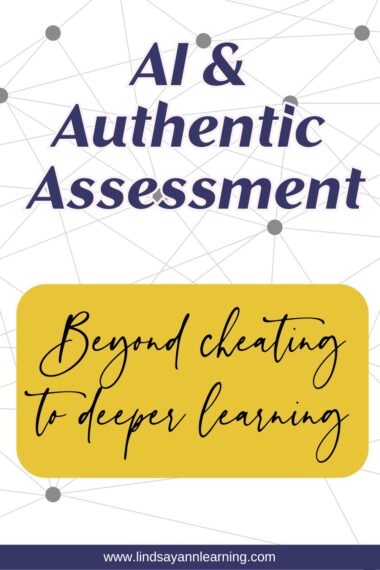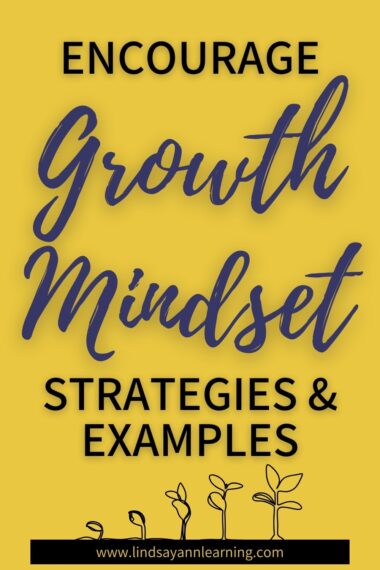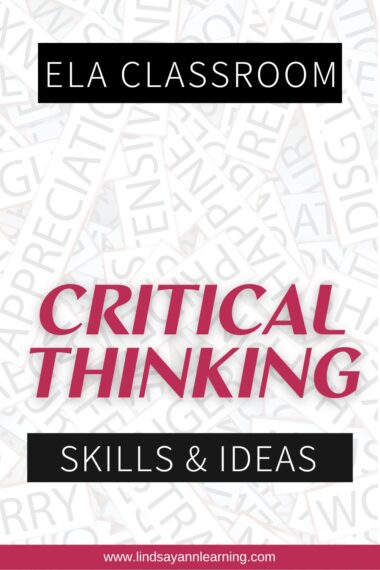I don’t know about you–though I suspect you’re like me since you are reading a blog right now–but I like reading to learn. My learning styles lean visual with a preference toward texts and images over, say, a more kinesthetic style in which I’m moving and manipulating things. I like to read something, consider it, then discuss it.
I didn’t learn my preferences for learning through a learning styles inventory. I learned these preferences through experience and through reflection.
I’ve considered what works and what doesn’t for me, and perhaps, you’ve done the same as there are learning styles for teachers just as there are for students.

Learning Modalities Defined (and Defended)
There are some who claim that learning styles are a myth.
Take, for example, what an author of the textbook Advanced Placement Psychology has to say in this NEA Today article: “‘You want to use multiple modalities? Great. But the idea you have to speak to Johnny because he’s an auditory learner and show the visual to Sherry because she’s a visual learner? No, no no.’”
Here, I think, the educator is noting not so much that learning styles are a myth, but more so that it’s a myth we can only learn in a preferred or specific modality.
That’s the myth.
A good rule of thumb, then, for us to adopt in the classroom is that the more modalities–the more varied the ways we can present learning and content–the better to meet the varied needs of all the learners in the classroom.
With that in mind, let’s center our learning styles education on 3 learning styles: visual, auditory, and kinesthetic.

Visual learning styles refer to individuals who prefer to learn through visuals such as diagrams, charts, graphs, and other visual aids. They typically grasp information best when it is presented in a visual format, relying on images, maps, and written materials to understand concepts. Visual learners may benefit from seeing demonstrations, watching videos, or using flashcards to reinforce their understanding.

Auditory learning styles involve individuals who prefer to learn through listening. They excel in environments where information is presented verbally, such as lectures, discussions, and audio recordings. Auditory learners may benefit from reading aloud, participating in group discussions, or using mnemonic devices that involve rhythm and sound.

Kinesthetic learning styles are characterized by individuals who prefer to learn through hands-on experiences and physical activities. These learners excel when they can engage with materials directly, manipulate objects, and participate in activities that involve movement. They learn best through doing, touching, and experiencing concepts firsthand. Kinesthetic learners may benefit from interactive simulations, experiments, role-playing exercises, and other active learning strategies.
Knowing, then, our classrooms likely have a mix of learning styles, see below for some ideas on tailoring your English curriculum to diverse learning styles.
Learning Styles Inventory of Activities
Embrace Experiential Learning.
Take English class outside the classroom by organizing field trips to literary events, museums, or local theaters, allowing students to immerse themselves in language and culture. Integrate real-world experiences like community service projects or interviews with authors to provide practical applications of English skills, catering to kinesthetic learners’ need for hands-on engagement–but honestly, this is good for everyone. No funds? Bound to a building by policy? No problem–let Google be your guide and take your students on a Google field trip.
Gamify Learning.
Transform English lessons into interactive games and simulations, where students can role-play characters from literature or solve language puzzles in a collaborative setting, appealing to kinesthetic learners’ desire for active participation.
Explore educational gaming platforms or design classroom escape rooms that challenge students’ language skills while promoting teamwork and critical thinking, catering to diverse learning preferences.
Note that games don’t have to be created by us, for there’s a wealth of material we can find online or even in stores. For example, let’s say you want students to learn about the rhetorical situation and persuasion. Have the students play some Snake Oil, a board game that will bring fun to learning and–bonus–appeal to different learning styles. Or, you could give specific parameters and have students create a game!
Cultivate Creativity Through Arts Integration.
Integrate visual arts, music, and drama into English lessons, allowing students to express their understanding of literary concepts through various artistic mediums. Collaborate with art teachers to design interdisciplinary projects, such as creating visual representations of poetry or composing original music inspired by literature, providing opportunities for students to engage with English content in innovative ways that speak to students and their learning styles preferences.
Foster Self-Expression and Reflection.
Implement reflective writing exercises, journaling prompts, or digital storytelling portfolios, enabling students to express themselves in their preferred mode of communication, whether it be written, verbal, or visual.
Encourage peer feedback and self-assessment, empowering students to take ownership of their learning journey and tailor their English experience to their individual strengths and interests.

Learning Styles = Learning Preferences
You probably noticed many of the ideas above include preferences and interests. Inherent in many of the ideas above is student choice and student voice.
As such, in addition to providing many activities that over time have many modalities, perhaps the goal, too, is to incorporate students’ voices and choices into the classroom more often as a way to address the 3 types of learning styles.
Education used to be a food line handing out boxed lunches with every student getting the same: the same content, the same portions, the same packaging, etc.
Today, though, education is a buffet–every student with a tray looking to fill it, we hope, with what’s good for them, and what’s good for one may not be as good for another. One student may need more (or less) of something than another. And we, as educators, are there to guide their choices to make sure they get what they need (good, healthy stuff), not just what they want (the junk food).















 Teacher Toolbox: Creative & Effective Measures of Academic Progress for the Classroom
Teacher Toolbox: Creative & Effective Measures of Academic Progress for the Classroom